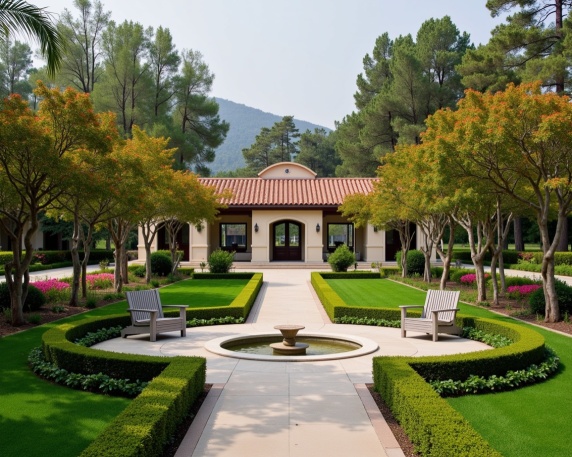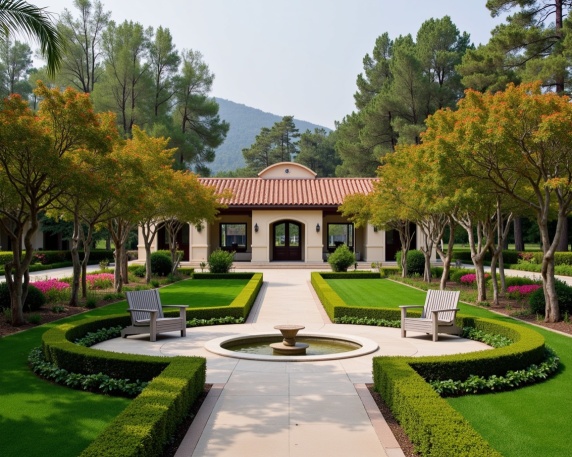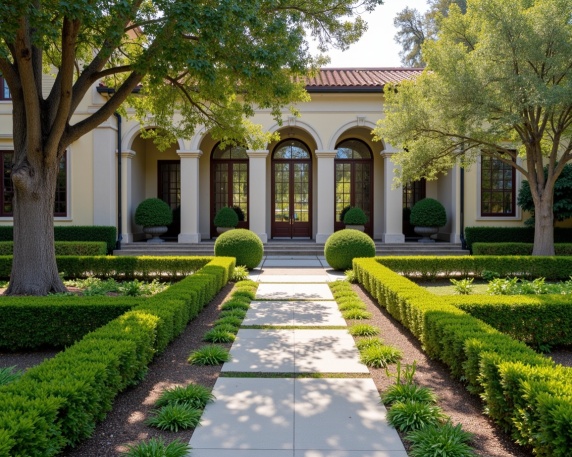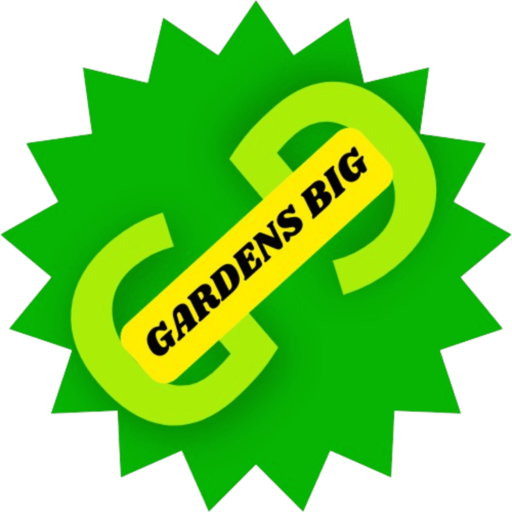Huntington Library, Art Museum, and Botanical Gardens: A Treasure Trove of Garden Design Ideas

Have you ever wondered how a single destination can combine art, history, and nature into one breathtaking experience? The Huntington Library, Art Museum, and Botanical Gardens in California is not just a cultural landmark—it’s a living canvas of garden design ideas that inspire millions of visitors every year. Whether you’re a landscaping enthusiast, a gardening novice, or simply someone who appreciates beauty, this 120-acre paradise offers endless inspiration for your own outdoor spaces.
In this post, we’ll explore the Huntington’s stunning gardens, uncover its history, and share practical tips to help you bring its magic into your own backyard. From landscape designs to gardening landscaping tips, you’ll leave with a wealth of ideas to transform your garden into a work of art.
Why the Huntington Gardens Are a Must-Visit for Garden Enthusiasts
The Huntington Library, Art Museum, and Botanical Gardens is more than just a tourist attraction—it’s a masterclass in garden design. Here’s what makes it stand out:
- Diverse Garden Styles: From Japanese gardens to desert landscapes, the Huntington offers a variety of themes to explore.
- Architectural Harmony: Each garden is thoughtfully designed to complement its surroundings, blending art and nature seamlessly.
- Educational Value: The gardens serve as a living laboratory for plant conservation and horticultural research.
- Visitor-Friendly Amenities: Walking trails, cafes, and event spaces make it a perfect destination for families, couples, and solo travelers alike.
Timing Your Visit: How to Make the Most of Your Trip
Planning a trip to the Huntington? Here’s what you need to know:
- Average Visit Duration: Most visitors spend 3-4 hours exploring the gardens, but you could easily spend an entire day here if you want to see everything.
- Best Time to Visit: Spring (March-May) is ideal for blooming flowers, but the gardens are stunning year-round thanks to California’s mild climate.
- Special Events: Check the Huntington’s calendar for seasonal festivals, plant sales, and cultural activities.
Step-by-Step Guide to Exploring the Huntington Gardens
Step 1: Start with the Japanese Garden
One of the most iconic sections, the Japanese Garden features koi-filled ponds, a moon bridge, and meticulously pruned bonsai trees. Take notes on how the garden uses water features and stone pathways to create a serene atmosphere.
Step 2: Wander Through the Desert Garden
Home to over 2,000 species of succulents and cacti, the Desert Garden is a lesson in low-maintenance landscaping. Notice how the garden uses contrasting textures and colors to create visual interest.
Step 3: Explore the Rose Garden
With over 1,200 varieties of roses, this garden is a feast for the senses. Pay attention to the layout—rows of roses are interspersed with pergolas and seating areas, making it both beautiful and functional.
Step 4: Visit the Chinese Garden (Liu Fang Yuan)
This garden is a masterpiece of traditional Chinese design, featuring pavilions, lakes, and rock formations. It’s a great source of inspiration for creating a tranquil retreat in your own backyard.
Step 5: End Your Day at the Conservatory
The Conservatory showcases exotic plants from around the world, offering ideas for indoor gardening and greenhouse designs.

Technical and Artistic Details of the Huntington Gardens
General Information
- Founder: Henry E. Huntington
- Year Founded: 1919
- Location: San Marino, California
- Area: 120 acres
Garden Highlights
- Japanese Garden: Features a traditional tea house and Zen garden.
- Desert Garden: One of the largest collections of cacti and succulents in the world.
- Rose Garden: Includes historic rose varieties and modern hybrids.
- Chinese Garden: Designed to reflect the harmony of nature and architecture.
Visitor Amenities
- Walking Trails: Miles of paths wind through the gardens, offering scenic views at every turn.
- Cafes and Gift Shops: Perfect for a quick break or picking up a souvenir.
- Event Spaces: Available for weddings, corporate events, and community gatherings.
Climate and Water Resources
- Climate: Mediterranean, with mild, wet winters and hot, dry summers.
- Water Conservation: The gardens use drought-tolerant plants and efficient irrigation systems to minimize water usage.
Healthy Alternatives to Recreational Trips
If you’re looking for other gardens to explore, consider these alternatives:
- Descanso Gardens (La Cañada Flintridge, CA): Known for its camellia forest and seasonal blooms.
- The Getty Center Gardens (Los Angeles, CA): Features modern landscape designs and panoramic city views.
- Balboa Park Botanical Building (San Diego, CA): Home to a stunning collection of tropical plants.
Common Mistakes to Avoid When Visiting
- Overpacking: Wear comfortable shoes and bring a reusable water bottle—most amenities are available on-site.
- Skipping the Map: The gardens are vast, so grab a map at the entrance to plan your route.
- Ignoring Seasonal Events: Check the calendar for special events that can enhance your visit.
Visitor Encouragement Tips
- Participate in Guided Tours: Learn about the history and design of the gardens from expert guides.
- Attend Workshops: The Huntington offers gardening classes and workshops for all skill levels.
- Respect the Environment: Stay on designated paths and avoid picking plants or flowers.
Conclusion
The Huntington Library, Art Museum, and Botanical Gardens is a haven for anyone seeking garden design ideas. Its diverse landscapes, thoughtful architecture, and educational value make it a must-visit destination. Whether you’re planning a trip or looking for inspiration, the Huntington offers something for everyone.
Ready to explore? Plan your visit today and share your experience in the comments below! Don’t forget to subscribe for more tips on gardening, landscaping, and outdoor design.

Frequently Asked Questions
1. Is the Huntington Gardens free to visit?
No, there is an admission fee, but members and children under 4 get in free. Check their website for current pricing and discounts.
2. Can I bring my own food?
Outside food is not allowed, but there are several cafes and picnic areas on-site.
3. Are the gardens wheelchair accessible?
Yes, most areas are wheelchair accessible, and wheelchairs are available for rent.
4. What’s the best time of year to visit?
Spring is ideal for blooming flowers, but the gardens are beautiful year-round.
5. Can I host an event at the Huntington?
Yes, the gardens offer spaces for weddings, corporate events, and private gatherings. Contact their events team for details.
By following this guide, you’ll not only enjoy your visit to the Huntington but also gather plenty of garden design ideas to bring home. Happy exploring!
